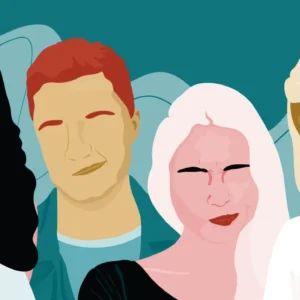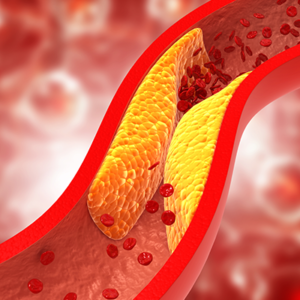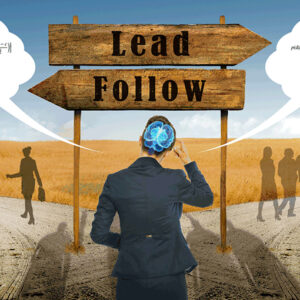
If it scares you, it’s a good sign: live your fears and try anyway. Here’s the scientific basis for fear and the risks of feeling too much (or too little).

Have you ever searched for an experience specifically because it promises to unleash thrills and adrenaline? As an article published in The Conversation explains, modern life is low in fearful stimuli in the biological sense of the word. Many of us, invited to tell what we fear, will cite the terror of unexpected and uncontrollable situations that may occur in the future (job loss, illness…).
FIFONI IS BORN. But fear — one of the innate emotions that unite us to many animals — is more of a biological response to a dangerous situation, which requires us to flee, fight or “freeze” waiting for the situation to be resolved. Experiencing it is essential to survive: an animal capable of sensing danger will live long enough to pass its genetic heritage on to its offspring.
Conversely, the absence of fear — such as that caused, for example, by a lesion to the amygdala, a brain structure that plays a key role in identifying danger and other “ancestral” emotions — can expose us to risky situations—not calculated.
COWARD, YOU BECOME. Fear’s origin is biological and cognitive: with experience, we learn to associate a defence response with certain inputs. A classic example is the Little Albert experiment, carried out by the American psychologist John B. Watson on a 9-month-old baby (the results were published in 1920).
In the study, which any ethics committee would reject today, a phobia was induced in a previously healthy child by making him listen to a loud and unpleasant sound every time he played with a white mouse (an animal he was not previously afraid of). After a few exposures, due to the phenomenon of conditioning, the little one began to cry at the sight of the mouse and any other soft or hairy object.
Phobias are thought to arise from a similar mechanism: we learn to associate a first neutral experience with another strongly negative experience.
THE RIGHT DOSE. Modern life is rich in fears born in a cognitive sense but poor in “primitive” and animal fearful stimuli. On the one hand, this causes a lack of empathy with those living truly terrifying experiences; on the other, in some, they search for risks at all costs.
A little fear is, therefore, a panacea: being frightened by a near rear-end collision will make us more cautious when driving. Too much fear — or for too long — leads to a prolonged stress reaction, with high cortisol levels, prolonged inflammation, suppression of immune responses, to post-traumatic stress syndrome.
As is often the case, the balance lies somewhere in between.



